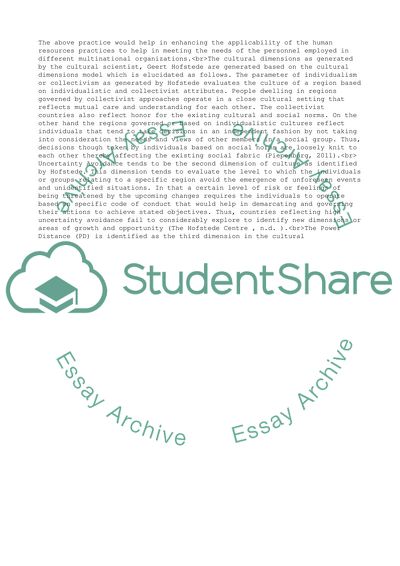Cite this document
(“Hofstede's Cultural Dimensions Research Paper Example | Topics and Well Written Essays - 1750 words”, n.d.)
Retrieved from https://studentshare.org/management/1657842-hofstedes-cultural-dimensions
Retrieved from https://studentshare.org/management/1657842-hofstedes-cultural-dimensions
(Hofstede'S Cultural Dimensions Research Paper Example | Topics and Well Written Essays - 1750 Words)
https://studentshare.org/management/1657842-hofstedes-cultural-dimensions.
https://studentshare.org/management/1657842-hofstedes-cultural-dimensions.
“Hofstede'S Cultural Dimensions Research Paper Example | Topics and Well Written Essays - 1750 Words”, n.d. https://studentshare.org/management/1657842-hofstedes-cultural-dimensions.


